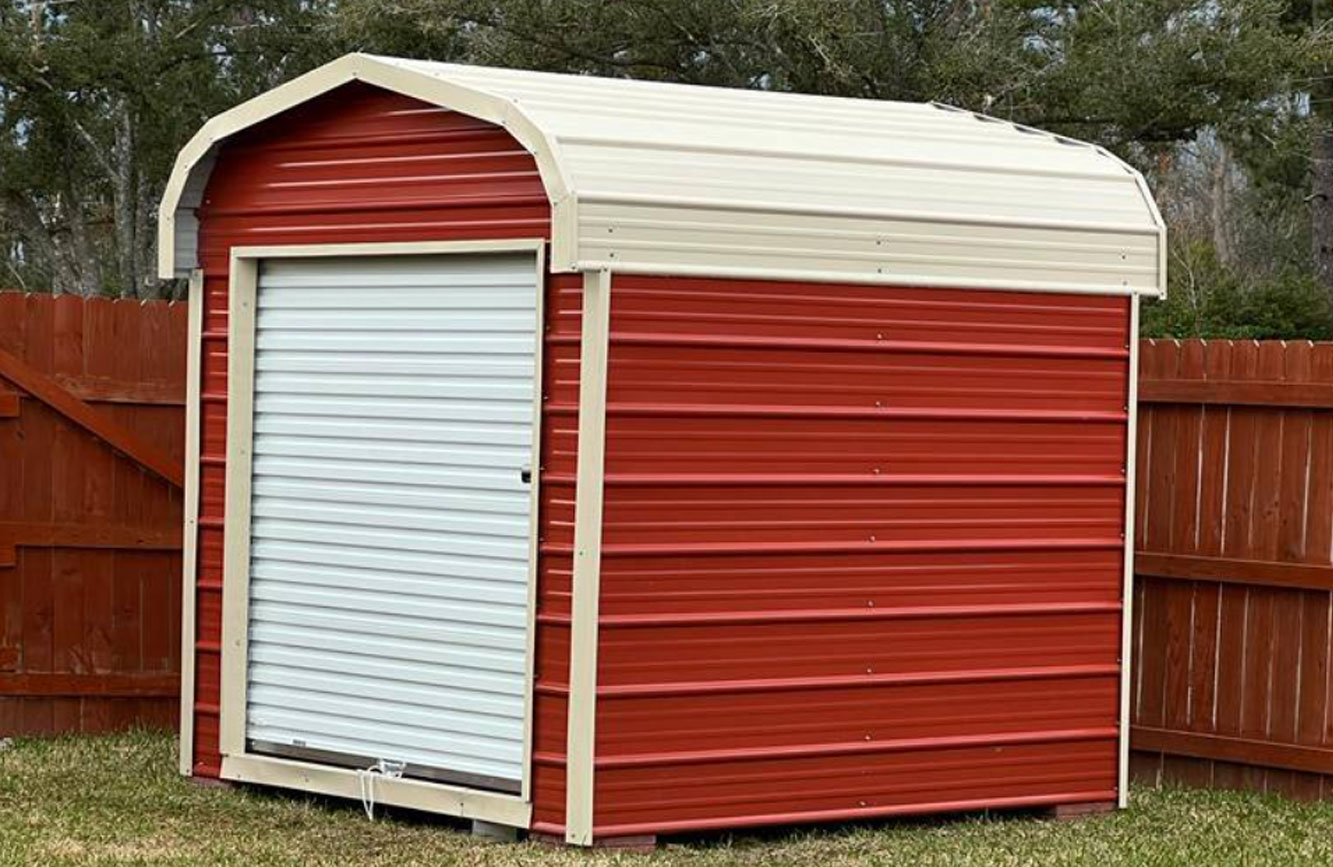
A gambrel roof is a type of roof design that is easily recognizable by its unique, symmetrical shape.
It features two slopes on each side, with the lower slope being steeper and the upper slope much shallower.
This distinctive design, often associated with classic barns and Dutch Colonial homes, offers both aesthetic appeal and practical benefits.
Origin and History
The gambrel roof has a long history, dating back to the 16th and 17th centuries. It was first popularized in Europe, particularly in Dutch architecture, and later became a prominent feature in American colonial architecture. The term “gambrel” itself comes from the Latin word “gamba,” meaning leg, which refers to the roof’s bent or angled shape resembling a horse’s leg. Over time, the gambrel roof became synonymous with barn construction due to its spaciousness and efficiency.
Structure and Design
The gambrel roof is characterized by its two distinct slopes on each side. The lower slope is much steeper, creating more headroom and usable space in the upper levels of a building, such as an attic or loft. The upper slope is more shallow, providing efficient water drainage and allowing for better wind resistance. This combination of slopes gives the gambrel roof its iconic silhouette, which is both functional and visually striking.
One of the key advantages of a gambrel roof is the additional space it provides. The steep lower slope creates a roomy interior, making it ideal for storage, living quarters, or even recreational areas in barns and homes. This extra space is particularly valuable in structures like barns, where large, open areas are needed for storing equipment, hay, or housing livestock.
Benefits of a Gambrel Roof
The gambrel roof is not just about looks; it offers several practical benefits as well. The design allows for better water drainage, reducing the risk of leaks and water damage. The steeper lower slopes also provide better protection against harsh weather conditions, such as heavy snowfall, by allowing the snow to slide off more easily. Additionally, the gambrel roof’s structure is relatively simple and cost-effective to build, making it a popular choice for both residential and agricultural buildings.
Versatility and Popularity
While traditionally associated with barns, the gambrel roof has found its way into various architectural styles over the centuries. Its versatility makes it suitable for a range of building types, from rustic farmhouses to modern homes. The ample space it provides in the upper levels can be utilized in numerous ways, from storage to living spaces, making it a practical and stylish choice for many homeowners.
Conclusion
In summary, the gambrel roof is a classic, functional, and versatile design that has stood the test of time. Its unique shape not only enhances the aesthetic appeal of a building but also provides valuable interior space and practical benefits.
